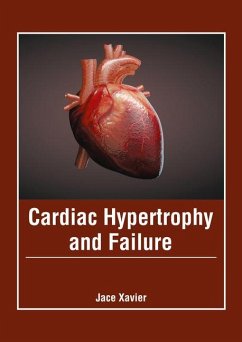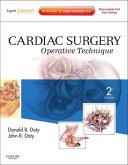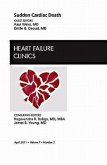The heart must respond to myriad physiological and pathophysiological stimuli to maintain sufficient cardiac output over a complete lifespan. To meet such demands on a daily basis, the heart relies on the myocardial reserve, whereby it can alter cardiac output in response to any sudden increase in demand. However, sustained and progressive demands on the heart can lead to cardiac hypertrophy. Hypertension, post-myocardial infarction remodeling and valvular abnormalities are common disease states that result in prolonged hemodynamic demand. If there is no relief from the pathogenic stimulus, it ultimately leads to impaired ventricular relaxation, filling and eventual cardiac failure. Hypertrophy can result from both adaptive (eccentric) and maladaptive (concentric) conditions. Concentric hypertrophy can result from various stressors such as congenital heart defects, hypertension, valvular defects and primary defects of the myocardium. This kind of hypertrophy can result in a dilated ventricle, which is incapable of effectively pumping blood. This can lead to heart failure. Eccentric hypertrophy often arises as a response to exercise or pregnancy. It is largely considered to be a healthy response to high cardiac demand, but comes with associated risks. Some of the diverse topics covered in this book address the varied clinical aspects of cardiac hypertrophy and failure. It consists of contributions made by international experts. It aims to equip students and experts with the advanced topics and upcoming concepts in this area.
Hinweis: Dieser Artikel kann nur an eine deutsche Lieferadresse ausgeliefert werden.
Hinweis: Dieser Artikel kann nur an eine deutsche Lieferadresse ausgeliefert werden.








